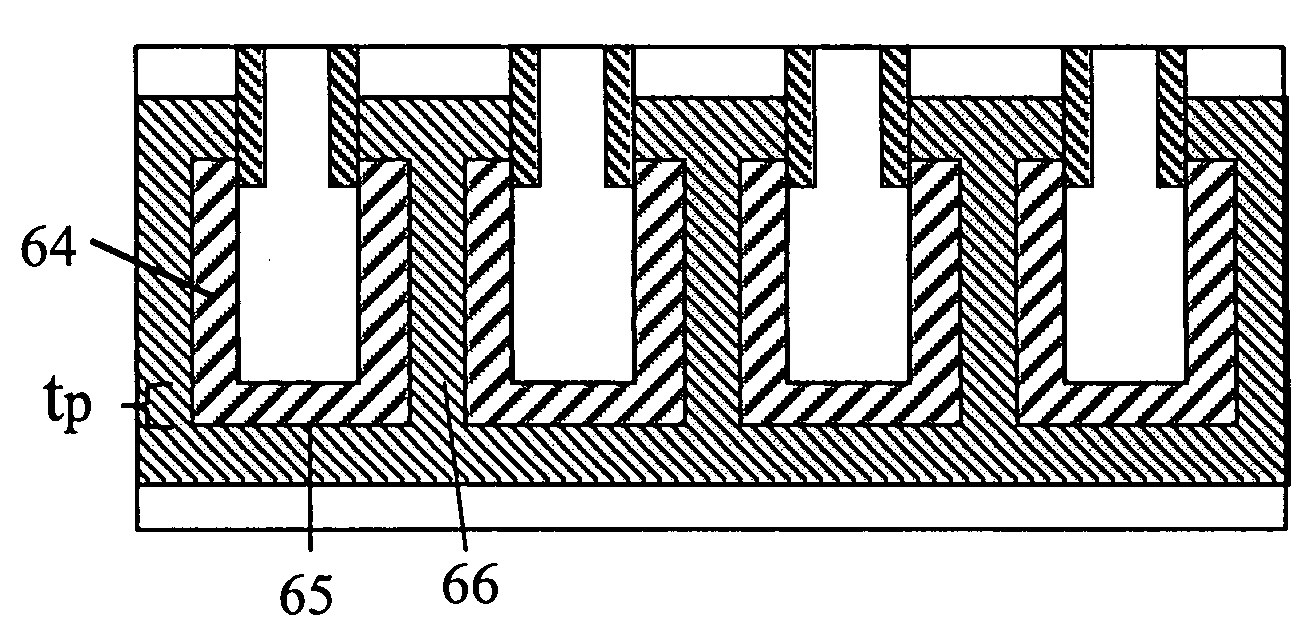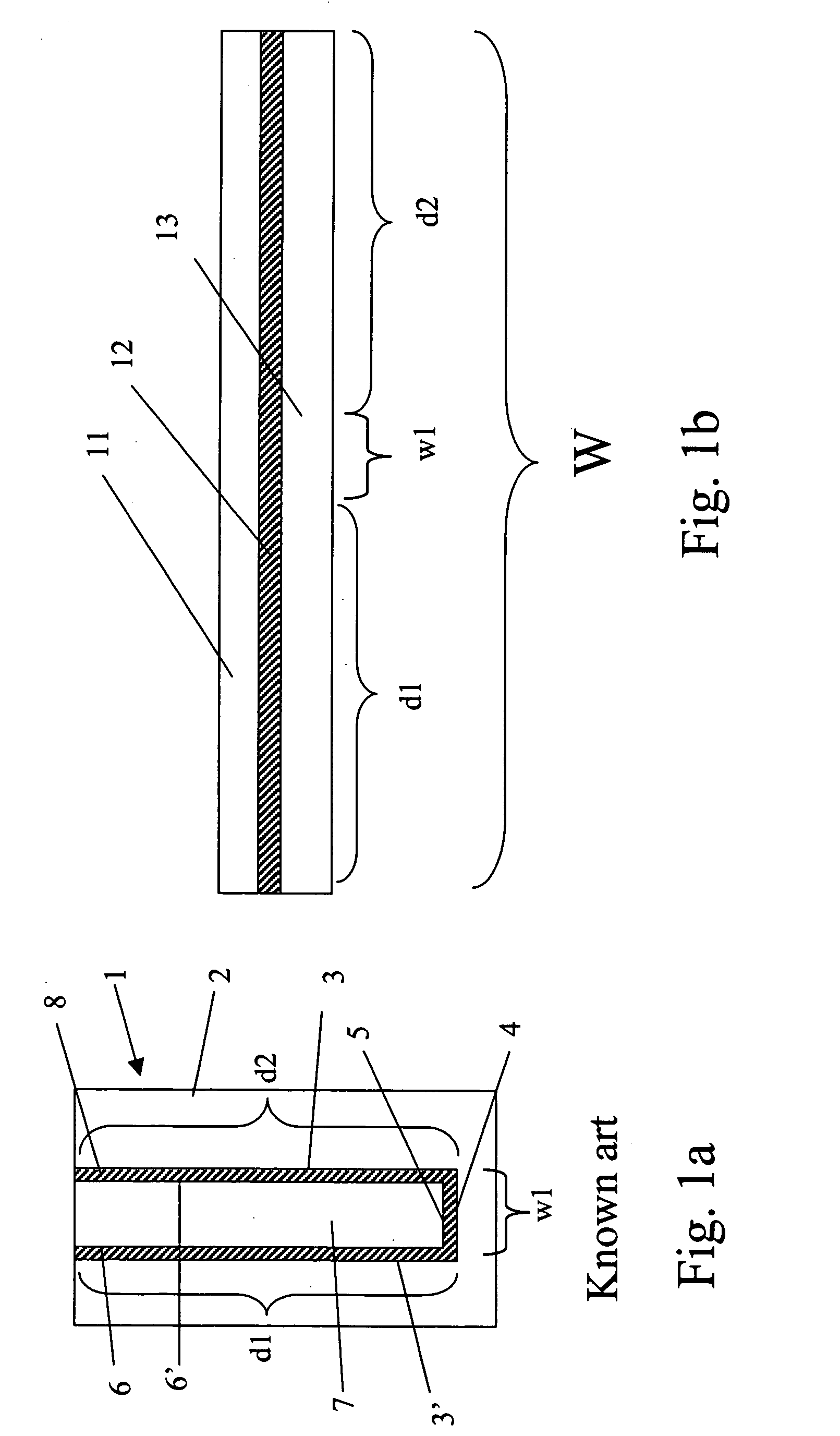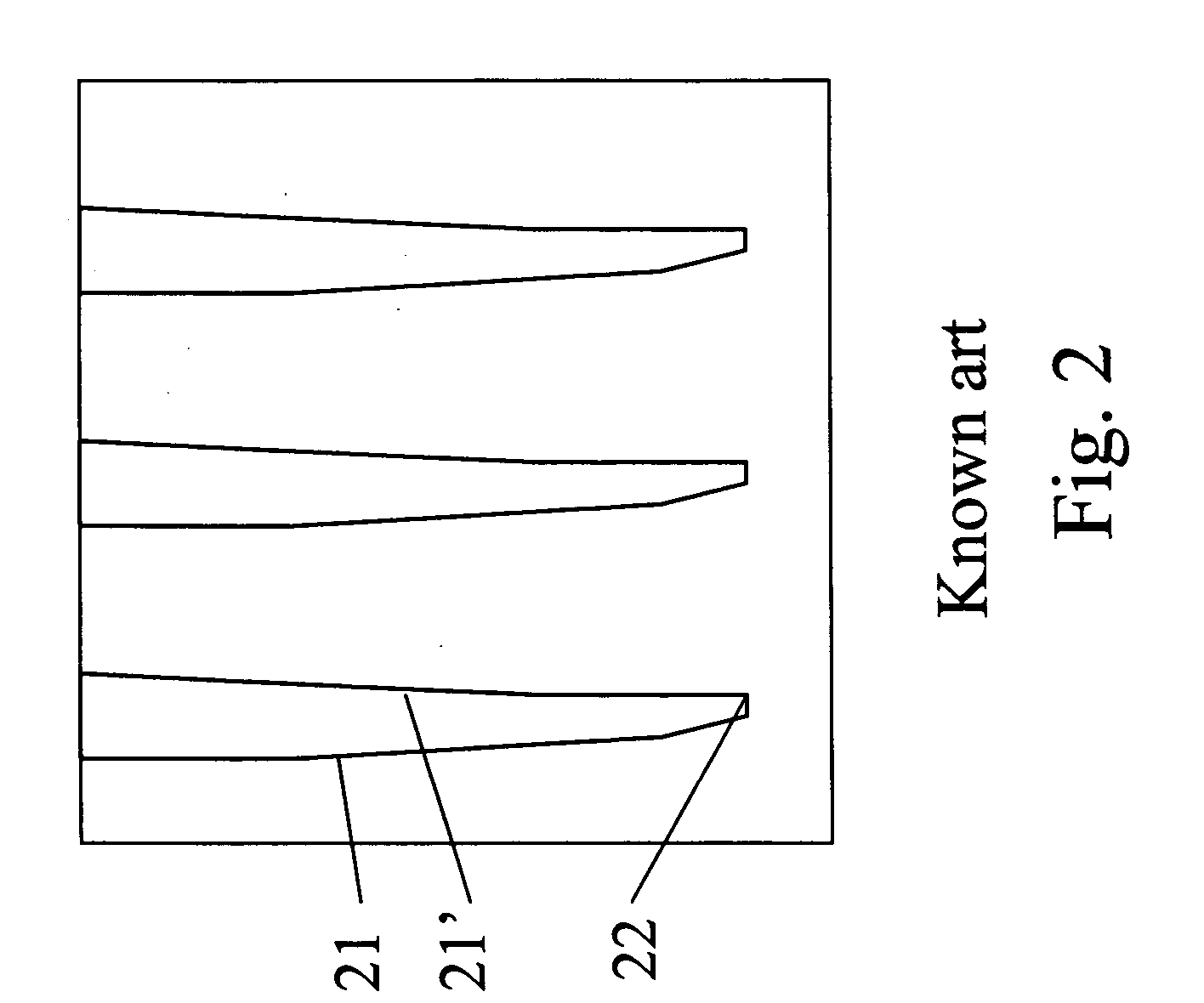Method of fabricating bottle trench capacitors using an electrochemical etch with electrochemical etch stop
a technology of trench capacitors and electrochemical etching, which is applied in the direction of semiconductor devices, basic electric elements, electrical apparatus, etc., can solve the problems of reducing the ability of gaseous etching species impinging from outside the trench to strike the outer portions of the trench bottom, reducing the effective time that the trench is exposed to liquid etching, and reducing the risk of merging adjacent trenches during processing. , the effect of minimizing the capacitance variation between th
- Summary
- Abstract
- Description
- Claims
- Application Information
AI Technical Summary
Benefits of technology
Problems solved by technology
Method used
Image
Examples
Embodiment Construction
[0024] Preferred embodiments of the present invention are described below, with reference made to the enclosed drawings. Before one or more embodiments of the invention are described in detail, one skilled in the art will appreciate that the invention is not limited in its application to the details of trench structure and the arrangement of steps set forth in the following detailed description or illustrated in the drawings. The invention is capable of other embodiments and of being practiced or being carried out in various ways. Also, it is to be understood that the phraseology and terminology used herein is for the purpose of description and should not be regarded as limiting.
[0025] The present invention is related to methods and structures for providing large and uniform DRAM trench capacitors. Current methods of bottle trench capacitor fabrication employ non-selective wet etching of silicon to enlarge the trench below a collar region. This process entails the risk of complete ...
PUM
| Property | Measurement | Unit |
|---|---|---|
| depth | aaaaa | aaaaa |
| depth | aaaaa | aaaaa |
| width | aaaaa | aaaaa |
Abstract
Description
Claims
Application Information
 Login to View More
Login to View More - R&D
- Intellectual Property
- Life Sciences
- Materials
- Tech Scout
- Unparalleled Data Quality
- Higher Quality Content
- 60% Fewer Hallucinations
Browse by: Latest US Patents, China's latest patents, Technical Efficacy Thesaurus, Application Domain, Technology Topic, Popular Technical Reports.
© 2025 PatSnap. All rights reserved.Legal|Privacy policy|Modern Slavery Act Transparency Statement|Sitemap|About US| Contact US: help@patsnap.com



